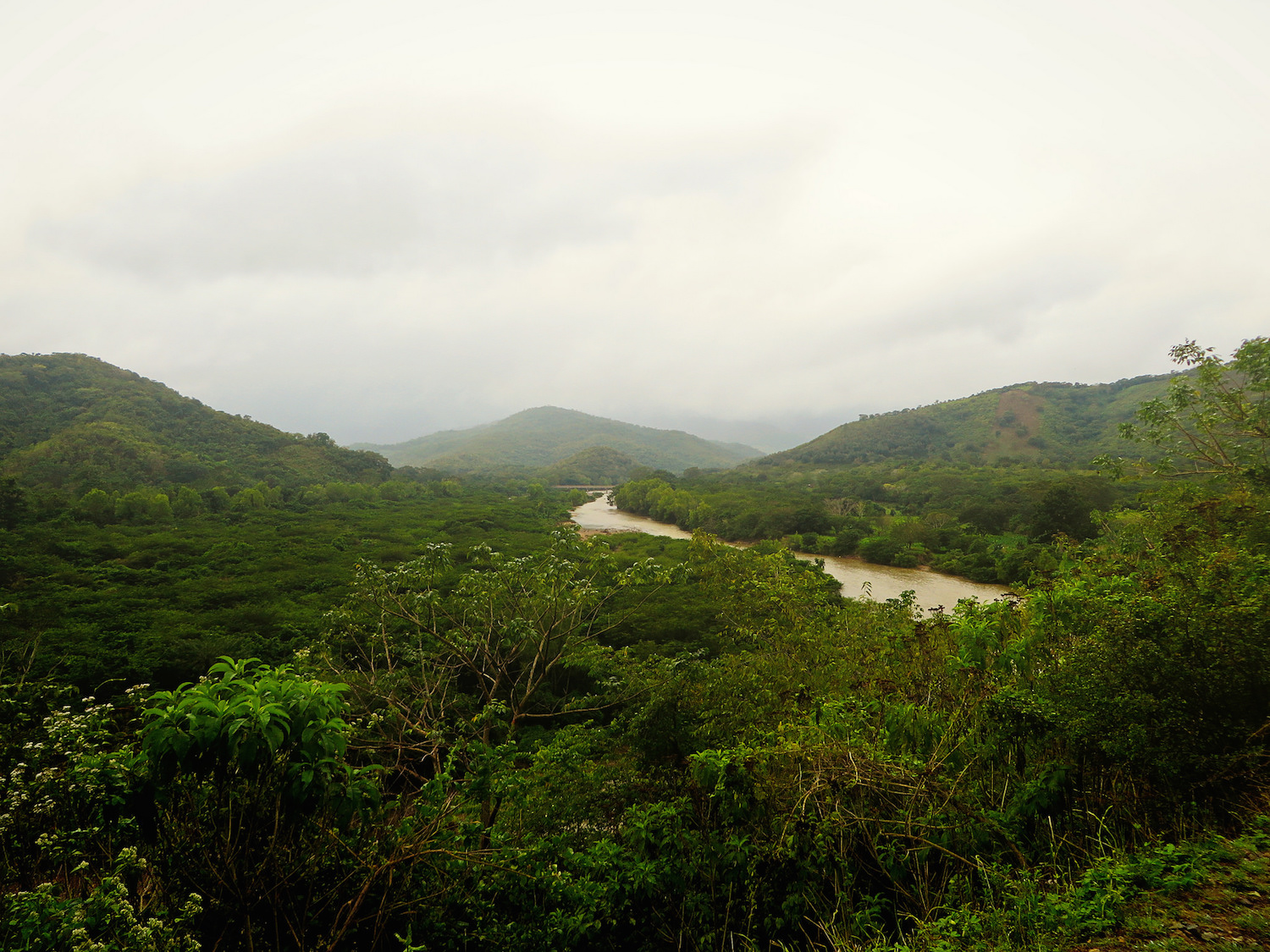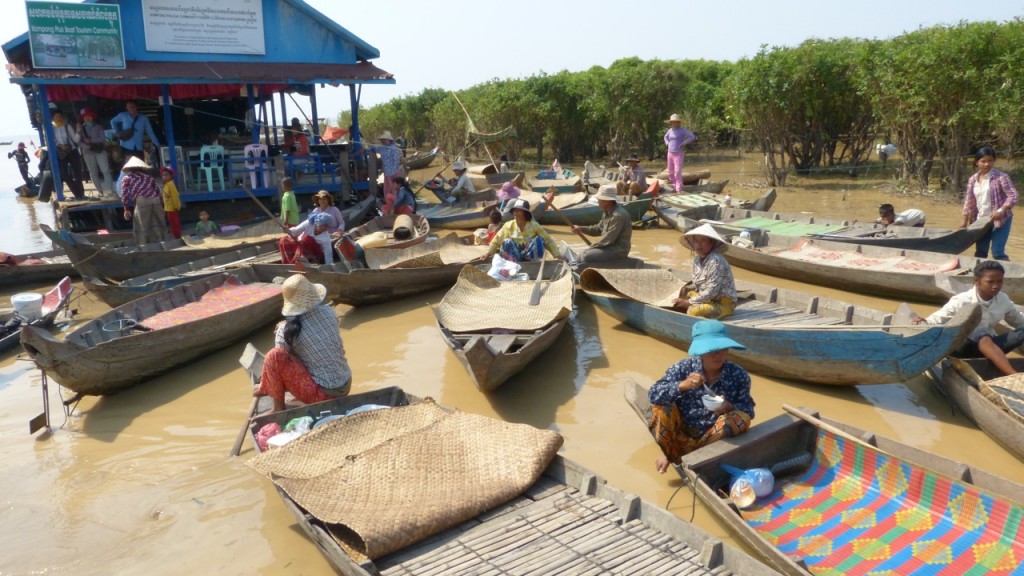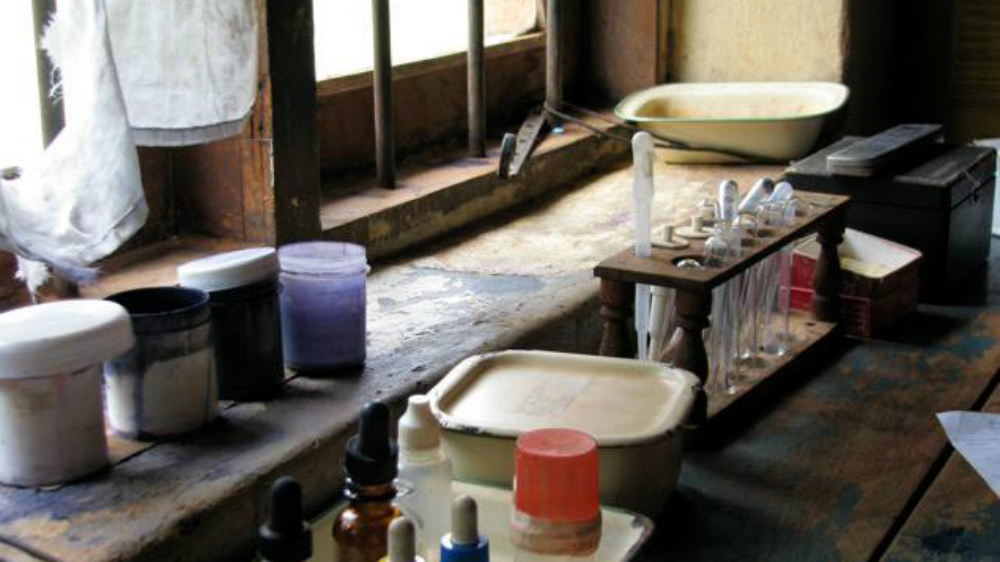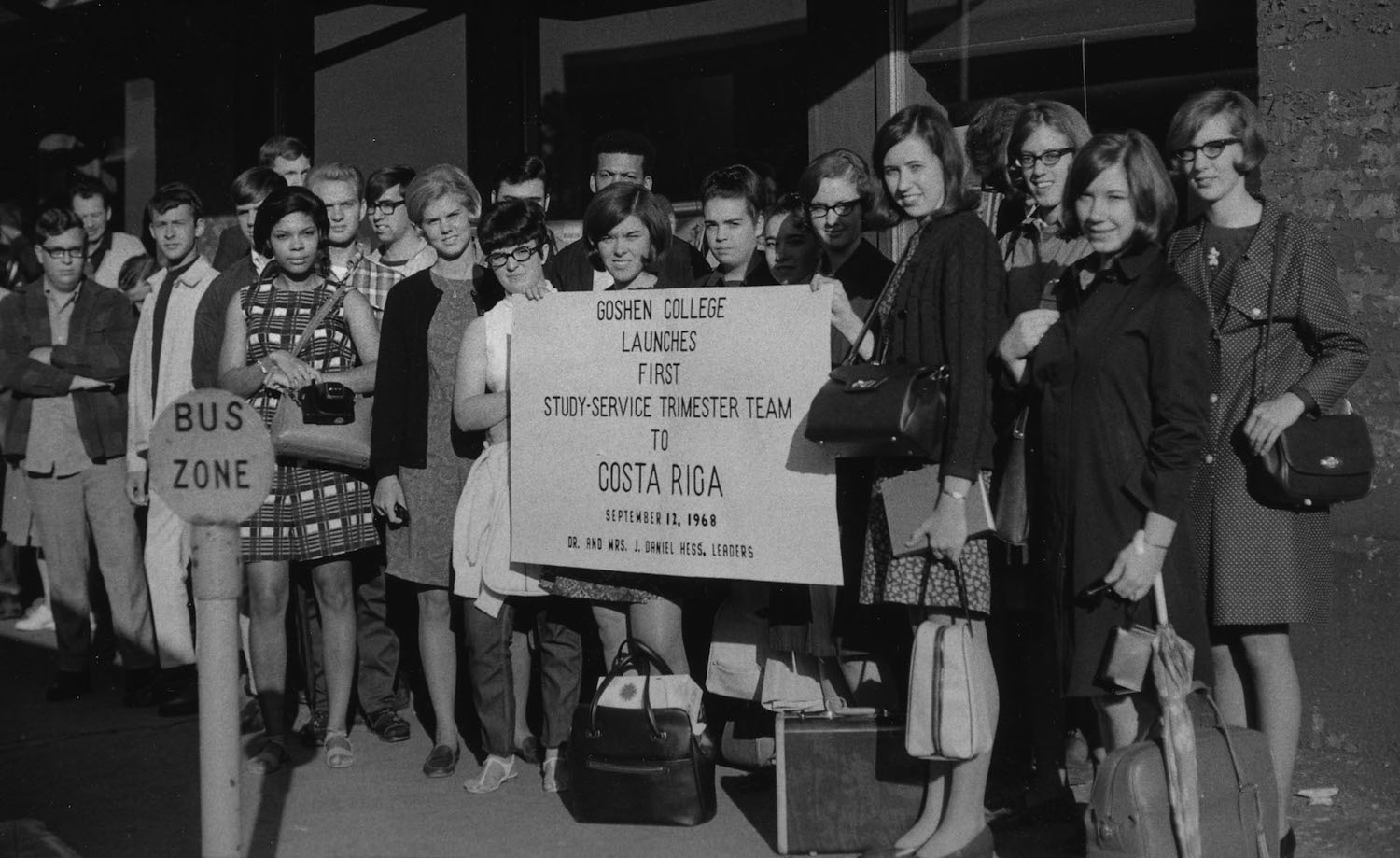Judith Martin wanted to go everywhere and see everything.
She grew up in a conservative Mennonite family with Amish grandparents, and often wondered as a child what was beyond her familiar borders.
“I even wore a cape dress and covering when I attended Lancaster Mennonite School and was always curious about the world,” Martin said. “I wanted to move beyond the confines of my family and church.”
And she did. She taught Bible school in Puerto Rico and went to France and Algeria for three years with her husband through the Teachers Abroad Program.
The experiences were so transformative, and Martin, now professor of communication at Arizona State University saw similar changes happening to other Americans she was with. “I became this huge [study abroad] cheerleader.”
At a CIEE (or IEE) conference in the 1980s, she met Henry Weaver, former Goshen College professor; after years of research, they would eventually write Students Abroad, Strangers at Home: Education for a Global Society with Goshen professor Norman Kauffman.
Her passion for international work led to a job in study abroad administration, teaching positions in ESL, communication and international studies, and Martin’s current position in intercultural communication. She taught pre-departure and re-entry classes for years to help students prepare and debrief, and now works to help students recognize white privilege and interracial relationships.
“It’s all connected,” she said. “Whether we study intercultural or interracial communications, the overall frameworks are the same.”
She also succeeded in moving far beyond the circle of her childhood expectations. Her father supported education, she said, but to teach a woman wasn’t compatible with some of the strict guidelines in the church. “He had no idea what education would do for me,” she said. “Education in itself is transformative but international education? People are really changed in a good way.”




